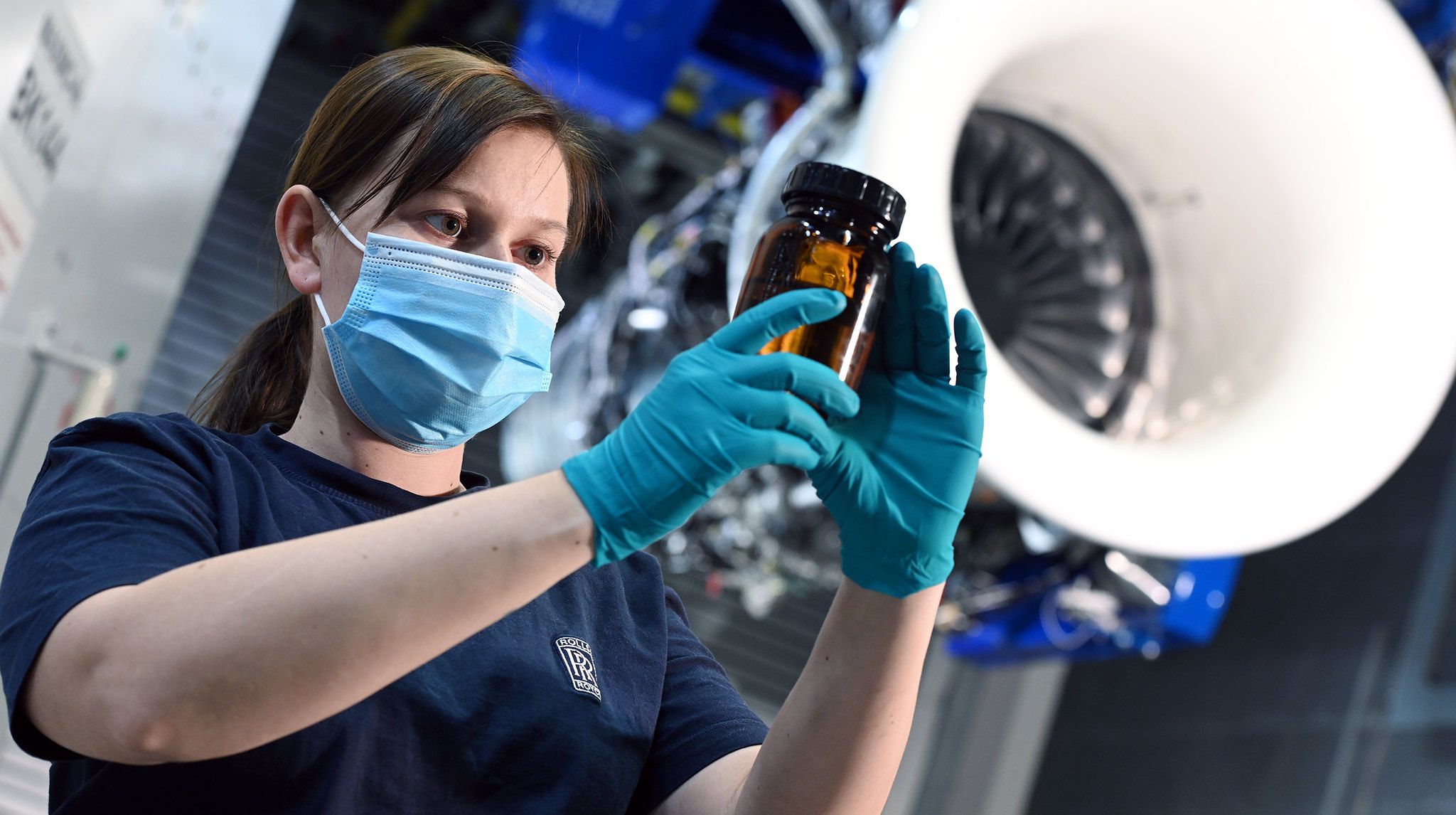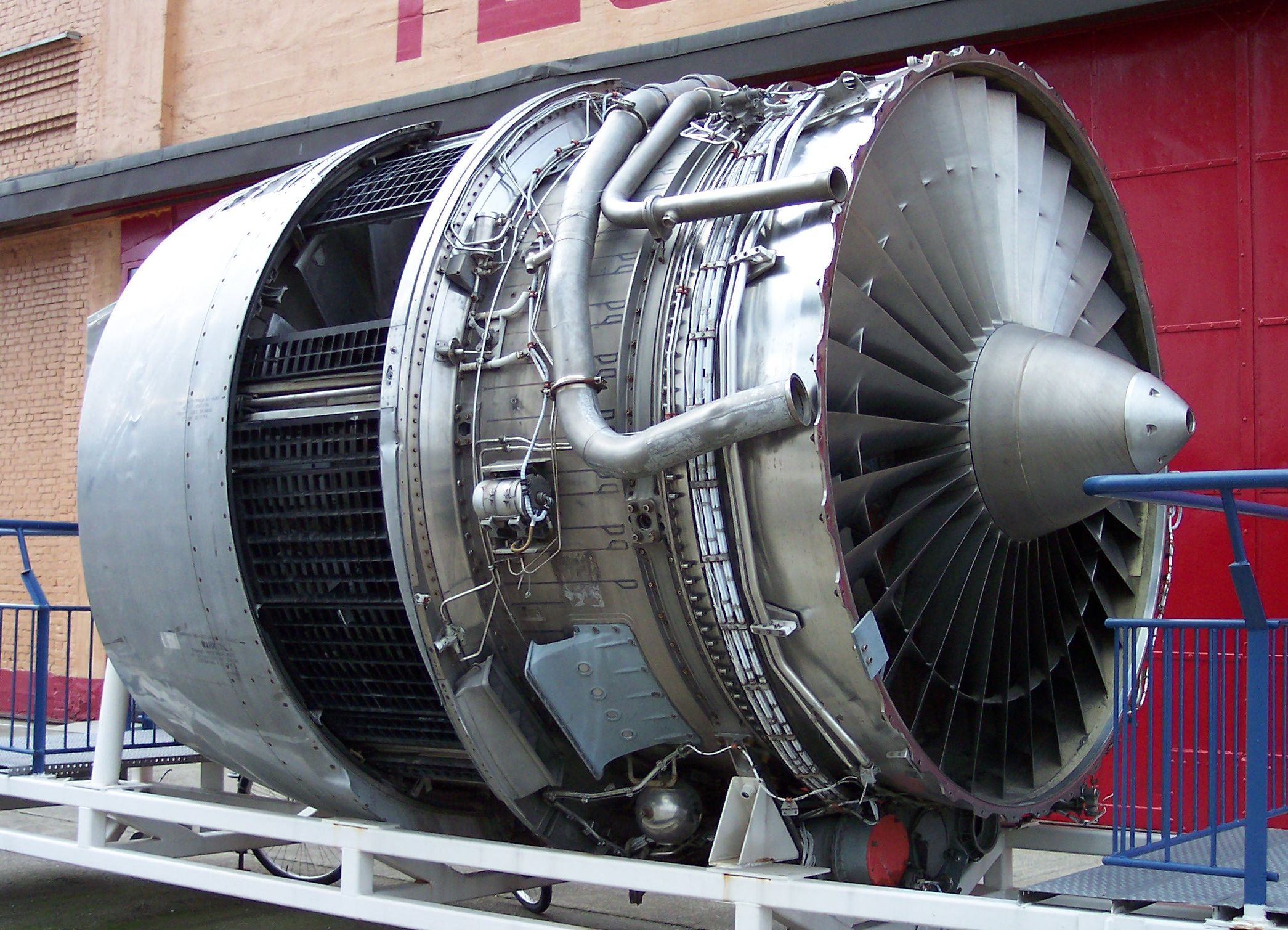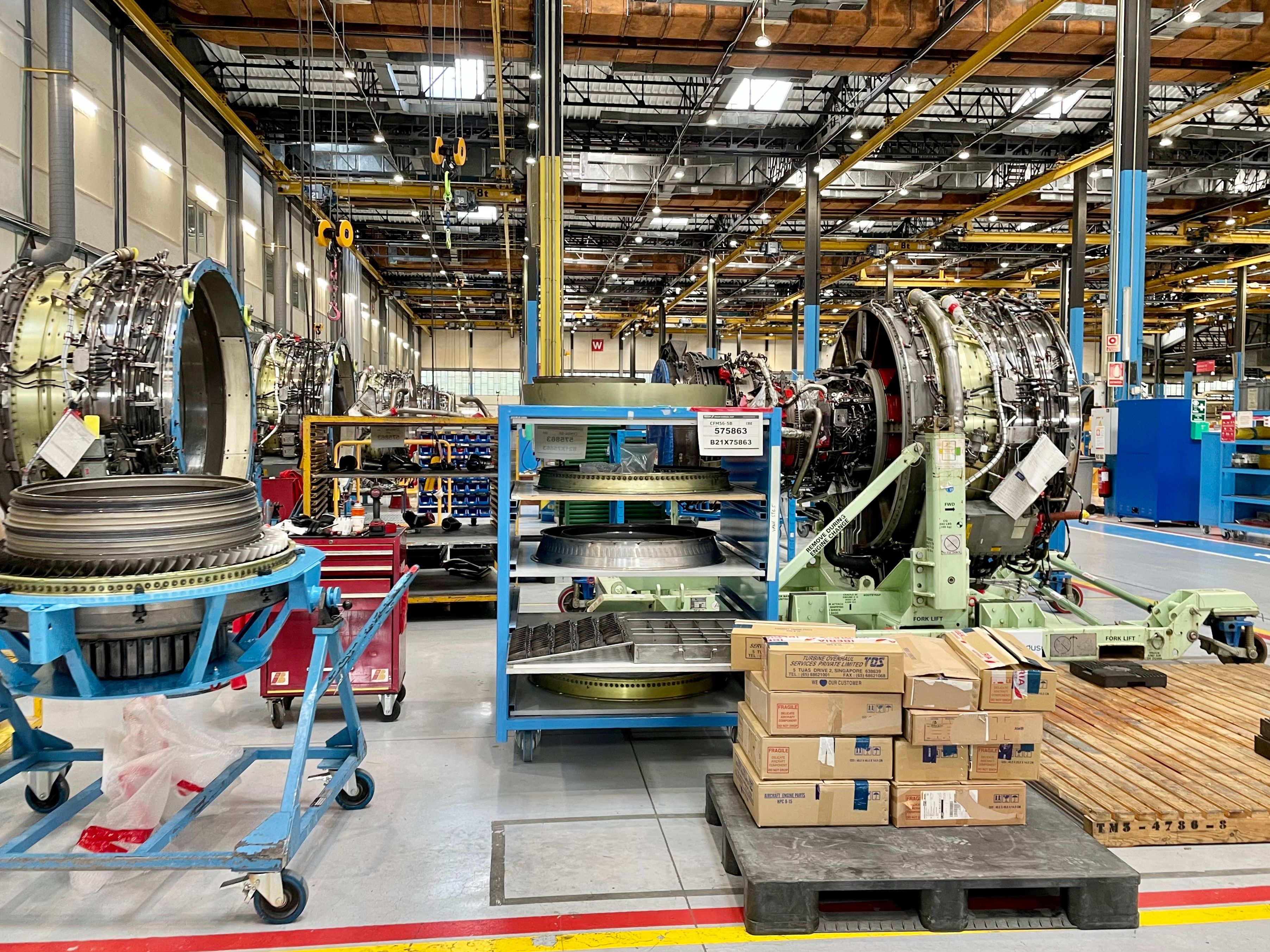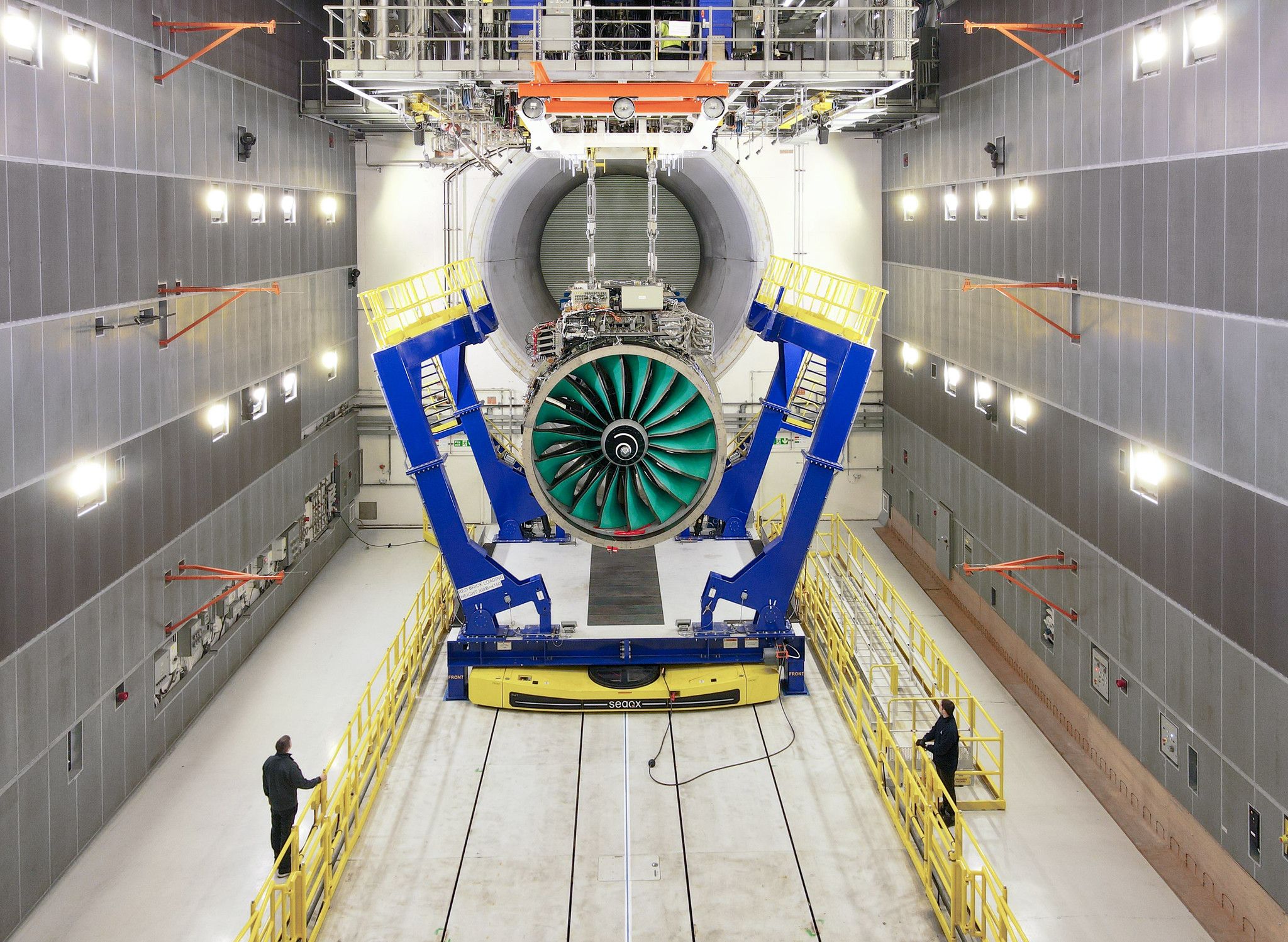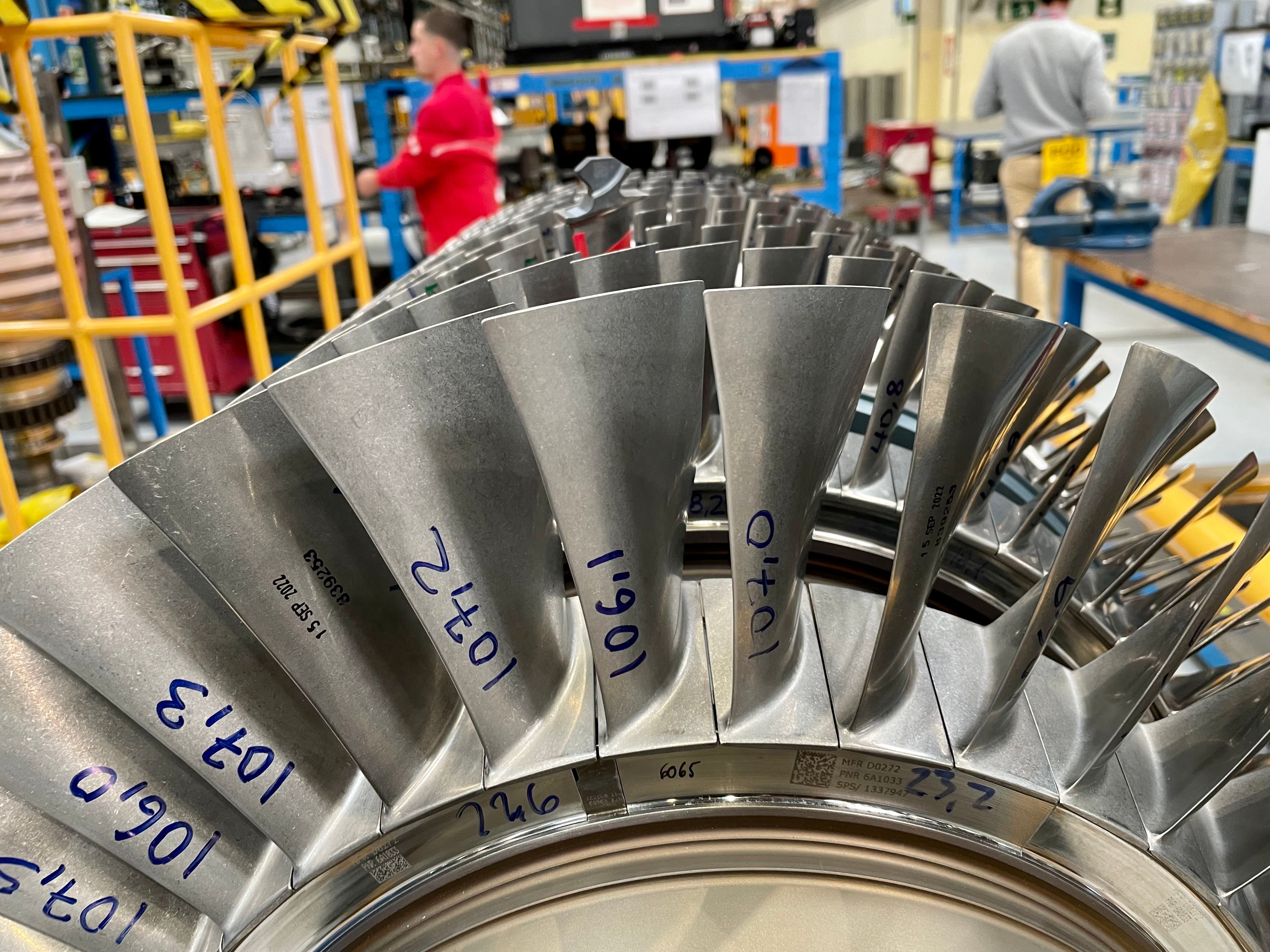Summary
- Aviation power plant engineers play a crucial role in designing, manufacturing, testing, and maintaining jet engines.
- Design engineers use computer-aided tools and simulations to focus on the technical aspects of engine structure.
- Power plant engineers in manufacturing ensure the correct assembly of engine parts, sourcing from approved vendors and complying with design and regulatory guidelines.
Aviation power plant engineers are vital to a jet engine program’s success and the engines’ continued operability. Whether in the design, manufacturing, testing, or maintenance phase, power plant engineers ensure that engines run within their design limits while complying with aviation safety guidelines.
The roles and responsibilities of power plant engineers differ based on the area of work. This article shadows a day in the life of aviation power plant engineers while also covering how some tasks differ between functional areas.
Engine design and functionality
Design engineers are responsible for various technical aspects of an engine’s design. They lay out design parameters, constraints, and deviations to propose the engine’s functionality within certain limits. Design engineers may spend the majority of their time working on computer-aided tools and simulation packages to perfect the design.
Design engineers conduct wind tunnel tests on mock engines and specific parts of the engine to analyze their viability. Similarly, flow analysis is performed using computer simulations to visualize airflow and aerodynamic forces. Based on the results, the engineers modify various parameters in the conceptual design. Power plant engineers finalize the design before going into the manufacturing phase.
Engine manufacturing
Engines are manufactured using thousands of individual parts. Power plant engineers responsible for production ensure that all parts are interfaced correctly and that all design constraints are considered during assembly. Production engineers also ensure that all components of the engine are sourced from approved vendors and that the parts comply with the design and regulatory guidelines.
Photo: Sumit Singh | Simple Flying
Engineers provide technical support to fault-tolerance and systems areas. They are also responsible for establishing and maintaining all documentation necessary for the manufacturing process.
Engine testing
Power plant engineers responsible for the testing of the engine spend the majority of their time in the engine testbed facility. They are primarily responsible for performing engine tests while recording all performance parameters. The engineers put the engines to their operating limits to measure performance. They also perform troubleshooting in engine sensors and systems during tests. New engines must meet specific performance characteristics to achieve regulatory certification.
Photo: Rolls-Royce
Flight test engineers are part of the test flight campaign for the engine. Test engineers monitor hundreds of performance parameters during flight. They analyze the data obtained during various phases of flight and rectify any issues found during the testing.
Engine operability and maintenance
Power plant engineers in the operations and maintenance areas are responsible for defining maintenance work scopes for the engine. The work scope is based on the engine’s current health, operating parameters, and overall condition. They work closely with customers to understand and fulfill their maintenance and operational requirements.
Photo: Sumit Singh | Simple Flying
They also oversee all technical aspects of engine maintenance, including serviceability limits, quality compliance, and maintenance deviations. All service deviations must be done according to the approved manuals and after receiving the customer’s consent.
What are your thoughts on the typical responsibilities of aviation power plant engineers? Tell us in the comments section.

